A History of Biotechnology in Seven Objects
Newly donated items at the American History Museum tell the story of the birth of genetic engineering
/https://tf-cmsv2-smithsonianmag-media.s3.amazonaws.com/filer/20131104123038microscope1.jpg)
Until 1982, anyone who used insulin to manage their diabetes got it from what we’d now think of as an unusual source: the pancreases of cows and pigs, harvested from slaughterhouses and shipped en masse to pharmaceutical processing plants. But there were problems with getting all our insulin this way—fluctuations in the meat market affected the price of the drug, and projected increases in the number of diabetic people made scientists worry that shortfalls in insulin supply could strike within the next few decades.
That all changed with the introduction of Humulin, the first synthetic human insulin. But the drug was a milestone for another reason, too: It was the first commercial product to come out of genetic engineering, synthesized by bacteria that had been altered to include the gene for producing human insulin.
Last year, the American History Museum acquired a handful of key items used to create Humulin from Genentech, the San Francisco company responsible for its development, and put them on view last week in a display titled “The Birth of Biotech,” giving visitors a look into the dawn of the era of genetic engineering.
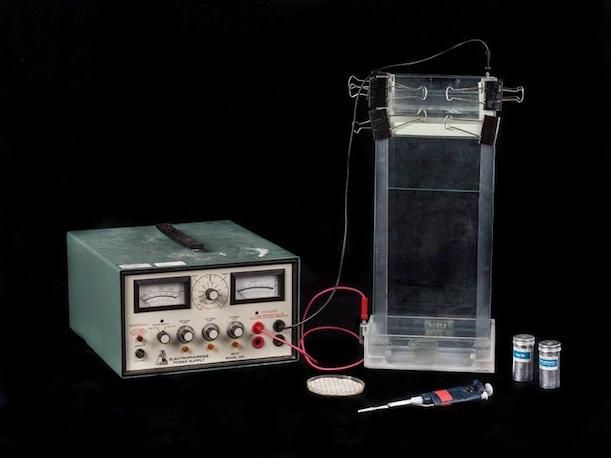
Genentech’s work began with a discovery made in the 1970s by a pair of Bay Area scientists, Herbert Boyer of UC San Francisco and Stanley Cohen of Stanford: Genes from multi-cellular organisms, including humans, could be implanted into bacteria and still function normally. Soon afterward, they teamed with venture capitalist Robert Swanson to form the company, with the hope of using genetic engineering to create a commercially viable product.
Early on, they decided insulin was a logical choice. “It was convenient. It was an easy protein to handle, and it was obviously something that a lot of people needed,” says Diane Wendt, a Smithsonian curator who worked on the display.
One of their first achievements was synthetically building the human insulin gene in the lab, a single genetic base pair at a time. In order to check the accuracy of their sequence, they used a technique called gel electrophoresis, in which electricity forces the DNA through a gel. Because larger pieces of DNA migrate more slowly than smaller pieces, the process effectively filters the genetic material by size, allowing researchers to pick out the pieces they want, one of the key steps in early genetic sequencing methods.
Electrophoresis is still widely used, but the equipment donated by Genentech is decidedly more improvised than the standard setups seen in labs today. “You can see it’s sort of made by hand,” says Mallory Warner, who also worked on the display. “They used glass plates and binder clips, because they were working really quickly all the time and they wanted something they could take apart and clean easily.”
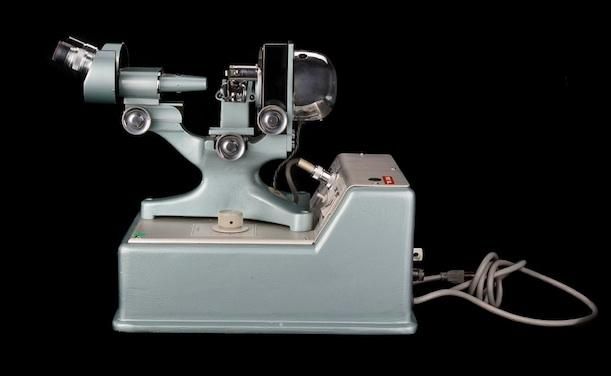
In order to manipulate DNA and other microscopic molecules, the researchers used a variety of tiny glass instruments. They made many of these tools themselves with a device called a microforge—essentially, a tool shop in extreme miniature, equipped with its own microscope so the makers could see what they were doing.
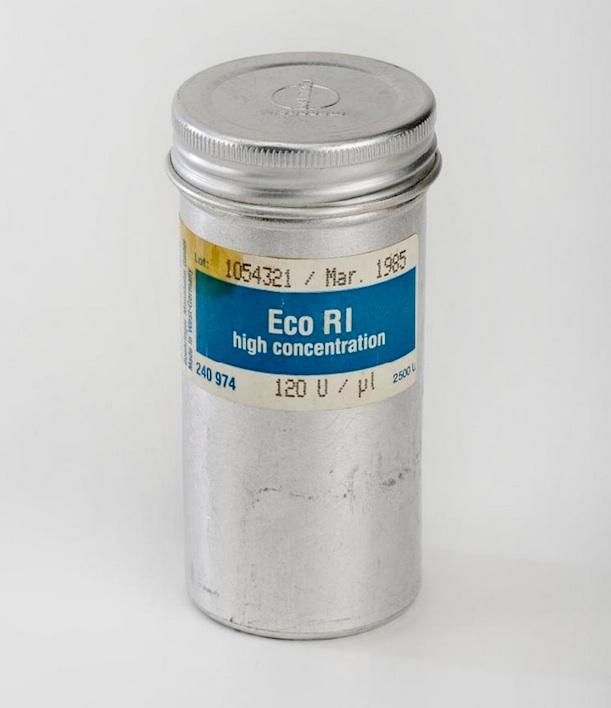
After synthesizing a gene for insulin, the scientists needed to assimilate it into a bacterium’s DNA so that the organism would produce insulin on its own. They used a variety of enzymes to do so, including Eco R1, a chemical that cuts DNA in a precise location, based on the surrounding base pairs. Researchers extracted small DNA molecules called plasmids from the bacterium, severed them with these enzymes, then used other enzymes to stitch the synthetic insulin gene in place. The new hybrid plasmid could then be inserted into live bacteria.
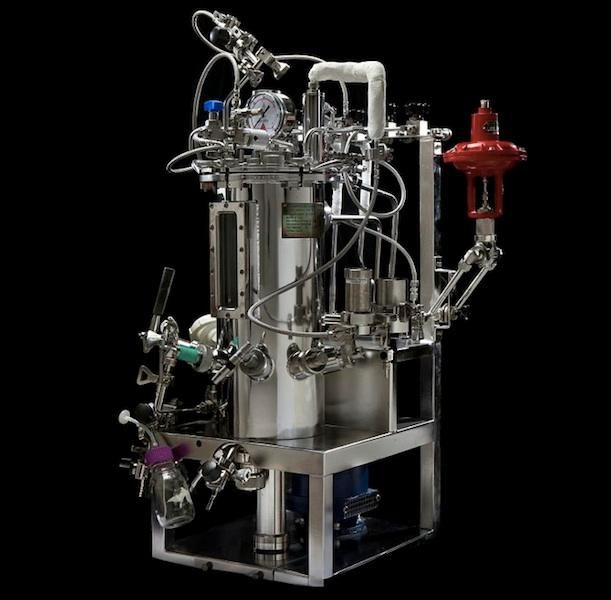
After the Genentech scientists successfully created bacteria with copies of the insulin gene, they confirmed that the microbes could produce human insulin in sufficient quantities in a fermentation tank like this one. Then the genetically modified bacteria were passed off to researchers at Eli Lilly, who began producing it in commercial quantities for sale. Voila: synthetic human insulin.
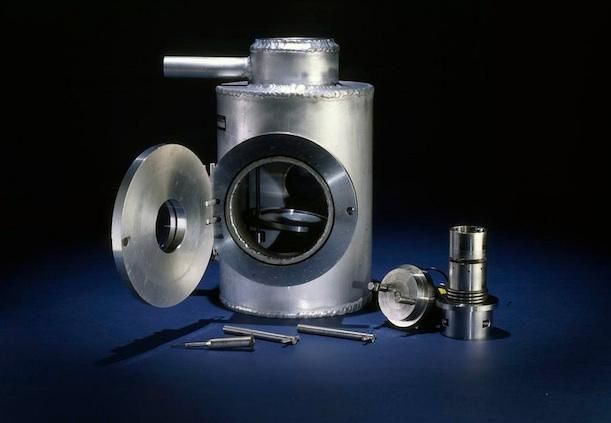
Of course, the state of biotechnology continued to evolve in the years after Humulin debuted, and the museum has collected notable items from that time as well. One is a prototype of a gene gun, developed by scientists at Cornell University in the mid-1980s.
The device makes it easier for scientists to introduce foreign genes into plant cells, by coating tiny metal particles in DNA and firing them at plant cells, forcing a small percentage of the genetic materials to penetrate into the cells’ nuclei and enter their genomes. The original gene gun prototype used a modified air pistol as a firing mechanism, and the technique proved successful when it modified onion cells, chosen for their relatively large size.

Another subsequent innovation ushered in the age of biotechnology in earnest: polymerase chain reaction, or PCR, a chemical reaction developed in 1983 by biochemist Kary Mullis that allowed scientists to automatically multiply a DNA sample into greater quantities with significantly less manual work. The first prototype PCR machine, or thermal cycler, was based on researchers’ knowledge of how enzymes like DNA polymerase (which synthesizes DNA from smaller building blocks) functioned at various temperatures. It relied on cycles of heating and cooling to rapidly generate large amounts of DNA from a small sample.
“The Birth of Biotech” is on display on the ground floor of the American History Museum through April 2014.
/https://tf-cmsv2-smithsonianmag-media.s3.amazonaws.com/accounts/headshot/joseph-stromberg-240.jpg)
/https://tf-cmsv2-smithsonianmag-media.s3.amazonaws.com/accounts/headshot/joseph-stromberg-240.jpg)